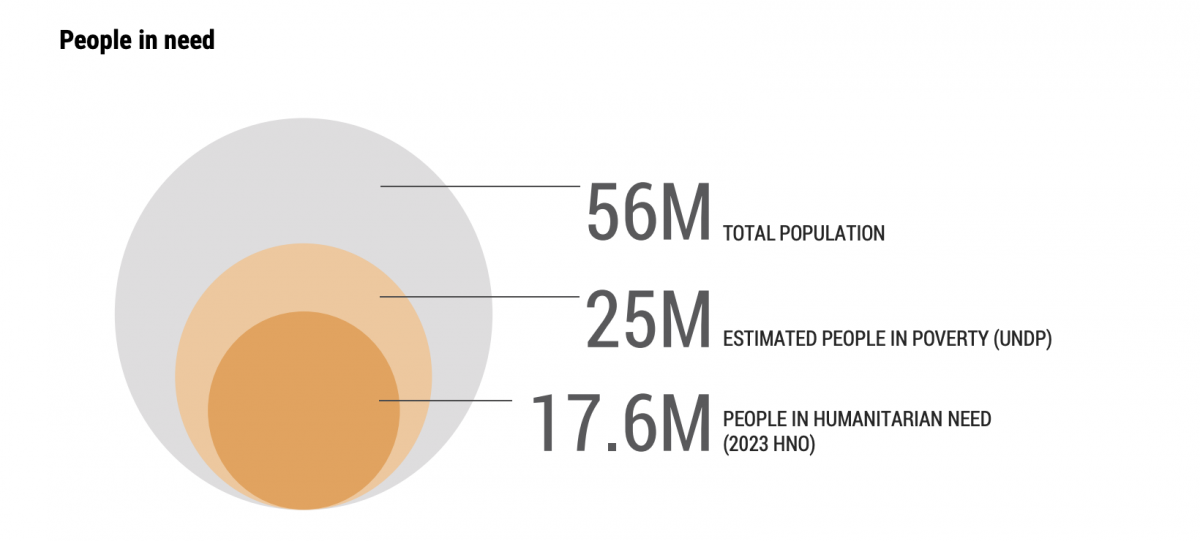The United Nations Office for the Coordination of Humanitarian Affairs (UNOCHA) announced that 1.7 million of the 17.6 million people in need of assistance in Myanmar, are living in Rakhine State.
UNOCHA’s 2023 Humanitarian Needs Overview (HNO) release in last few days, revealed that of Myanmar’s 56 million population, 25 million live in poverty, and 17.6 million are in need of humanitarian assistance
https://reliefweb.int/report/myanmar/myanmar-humanitarian-needs-overview... january-2023
Among newly displaced populations, food (88 percent), shelter (55 percent), protection services (35 percent), and livelihoods (31 percent) are the top needs, it said.
On page 69, it also states that "Extortion remains a widespread protection concern in Rakhine, and is increasingly becoming an issue in other regions and states affected by Conflict.”

On page 21 of the report, it says, “There has been no meaningful progress on the Advisory Commission on Rakhine’s recommendations, aimed at improving the welfare of all people in Rakhine.”
Regarding climate change and natural disasters, the report states on page (25) that “ Cyclones and major storms are expected to become more intense as ocean temperatures increase, with residents of Rakhine anticipated to have a higher likelihood of being affected.”
“ A survey of 58 local CSOs working directly with affected communities across Myanmar further underscore these issues." on page 65 highlights the following issues: The top three needs shared with them by the communities they serve are livelihoods, access to food, and protection services, including safe spaces.”
“Livelihoods and education support is the most reported need in Rakhine; food and protection services are most needed in Kayin; and in Kachin, access to livelihoods is the most frequently reported need.”
“Among newly displaced populations, CSOs identified food (88 per cent), shelter (55 per cent), protection services (35 per cent), and livelihoods (31 per cent) as the top needs.”
Extortion (page 69 of the report) states that “Extortion remains a widespread protection issue in Rakhine State and is a growing problem in other regions and states affected by the conflict.
According to the Protection Incident Monitoring System (PIMS), some 94 percent of reported extortion incidents were from Rakhine, while others occurred across the Northeast and Southeast, however this may be swayed by the more established humanitarian monitoring presence in Rakhine.
However this measure may not be fully representative of relative risk across the country. IDPs are clearly indicated as being most vulnerable to this risk. The Rakhine issue is specifically mentioned 109 times in the report.







